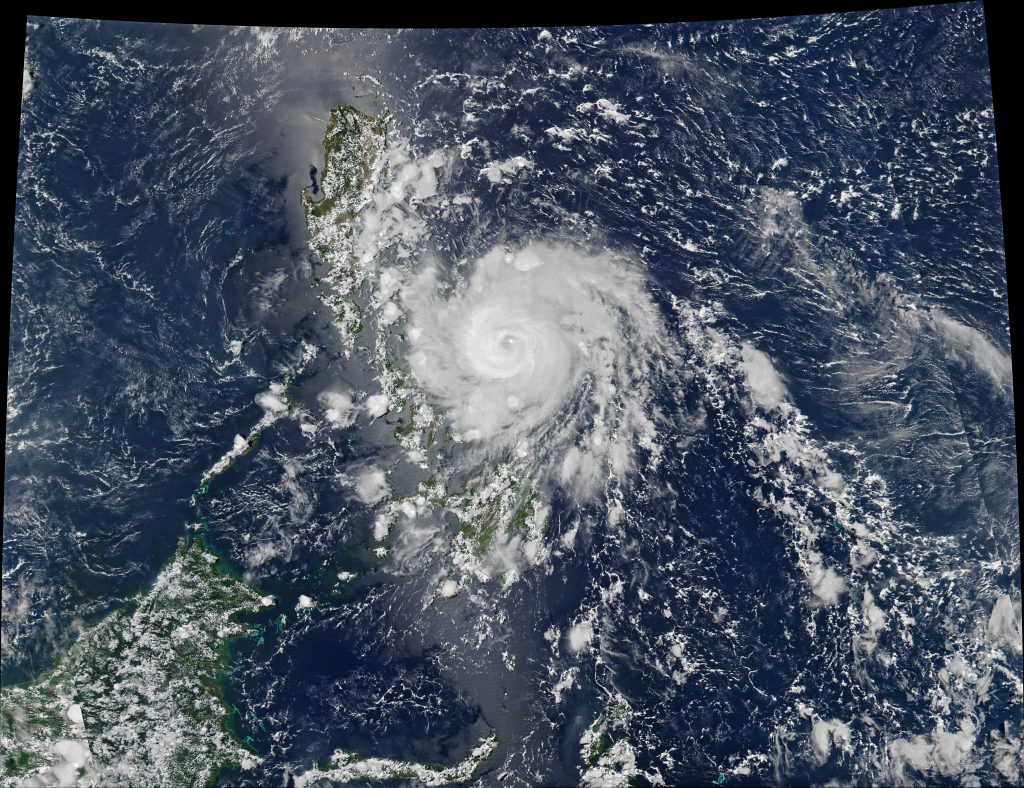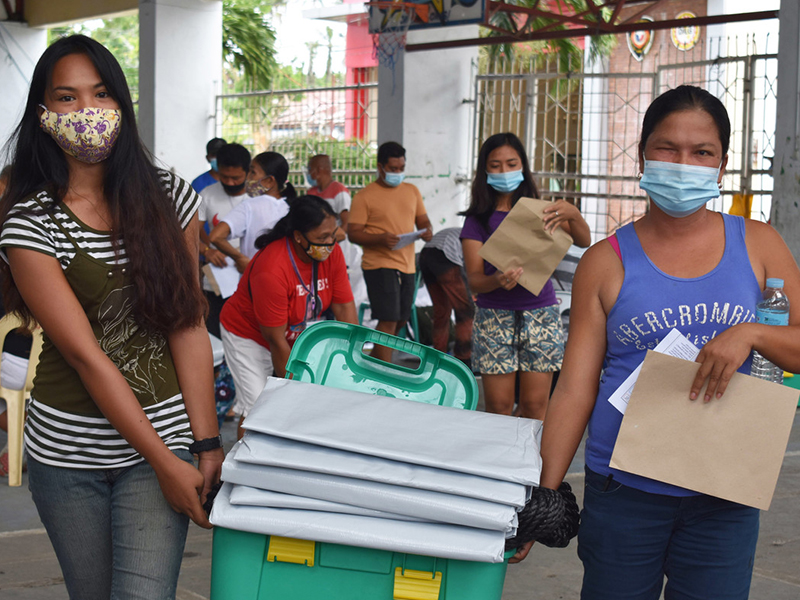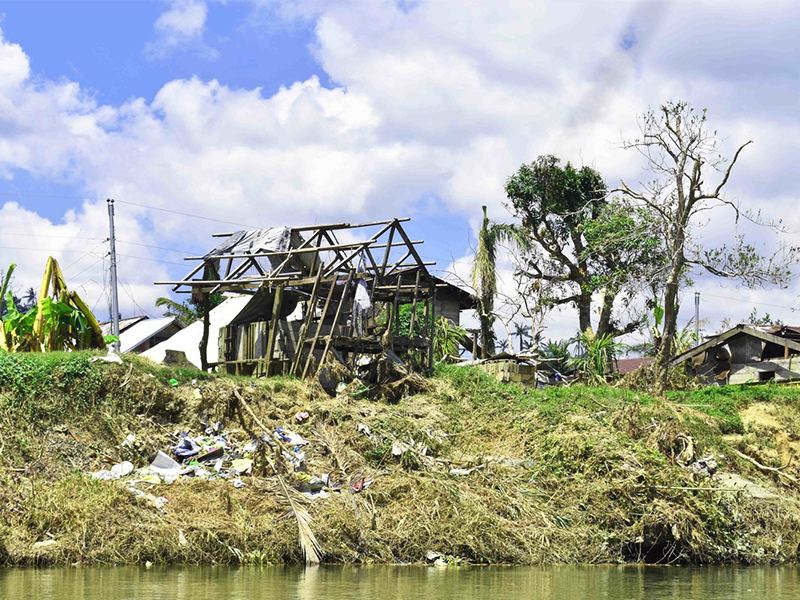OUR CORONAVIRUS RESPONSE
Discover how we are working to help people protect themselves from coronavirus in dangerously crowded camps and disaster zones.
Typhoon Vongfong (known locally as Ambo) swept through the Philippines in May. Torrential rains brought devastating damage, with nearly half a million people affected.
We’ve partnered with Terres des Hommes (TdH) to support families who have been worst hit by the disaster. Read more about what happened, how we’re helping, and facts about typhoon Vongfong.

Typhoon Vongfong, known locally as Ambo, made landfall on 14 May in Eastern Samar, Philippines, as a Category 3 storm.
The powerful Typhoon brought torrential, rains, washing away 3,000 homes, and severely damaging a further 17,000.
In total, over 380,000 people were affected.
ShelterBox Operations Philippines SBOP have been working with Terres des Hommes organization (TdH) to understand how best we can help.
Our project aims to decongest evacuation centers, providing some private space for families to allow them to protect themselves from coronavirus.
Families who have been severely affected by Vongfong are currently living in evacuation centers or staying with relatives. Tarpaulins and rope, as well as additional household items will enable them to rebuild their homes and get back on the road to normality.
Together with our partner, we will be supporting families across 19 barangays (villages) whose homes have been completely flattened. Communities in these areas have not received any support from other humanitarian organizations after the disaster.

Coronavirus mitigations have been put in place to ensure the safety of our team members and our partners attending the distributions, as well as the families we are helping.
Mitigation measures include physical distancing, handwashing, and the use of personal protective equipment (PPE).
Through the careful selection of aid items, our project aims to help families affected by Vongfong to create additional space.
Creating space allows distance which helps to reduce the risk of coronavirus transmission.

Warm ocean waters, low-lying coasts, poverty and geography help explain why the Philippines is so prone to disasters.
Located just above the equator, the Philippines faces the western Pacific without much else in the way to take the force of storms before they make landfall. Those warm, equatorial waters power about 20 typhoons a year.
In recent decades, a lot of people have flocked to risky, low-lying islands – in search of cheap housing.
The rapidly constructed housing and inadequate evacuation plans mean that the local population is left vulnerable when disaster strikes. Existing houses are unable to withstand the extreme weather conditions.
The country’s location on the Pacific Ring of Fire also means it is prone to earthquakes, volcanic eruptions, as well as tropical storms and typhoons.
The country also experiences monsoon rains across the country which can lead to flooding and landslides.
Source: National Geographic
Discover how we are working to help people protect themselves from coronavirus in dangerously crowded camps and disaster zones.
Since 2004 we have responded more than 25 times in the country to various devastating disasters such as storms, typhoons, floods, and earthquakes.
Discover how we are working to help people protect themselves in dangerously crowded camps and disaster zones.
We’re supporting families who lost their homes and have been left vulnerable to coronavirus
ShelterBox Operations Philippines is a non-government organization (NGO) that aims to provide emergency shelter for families affected by disasters in the Philippines.